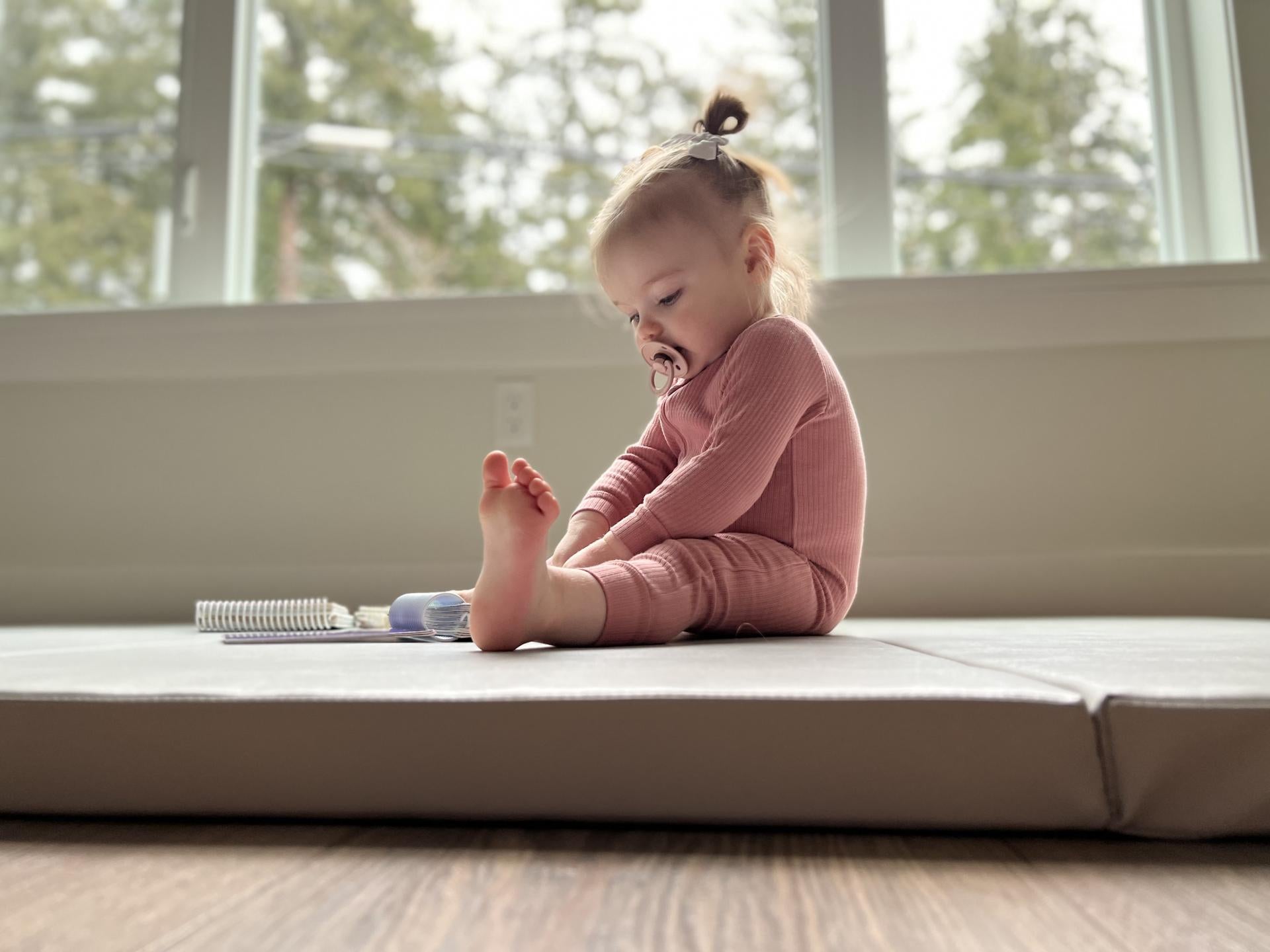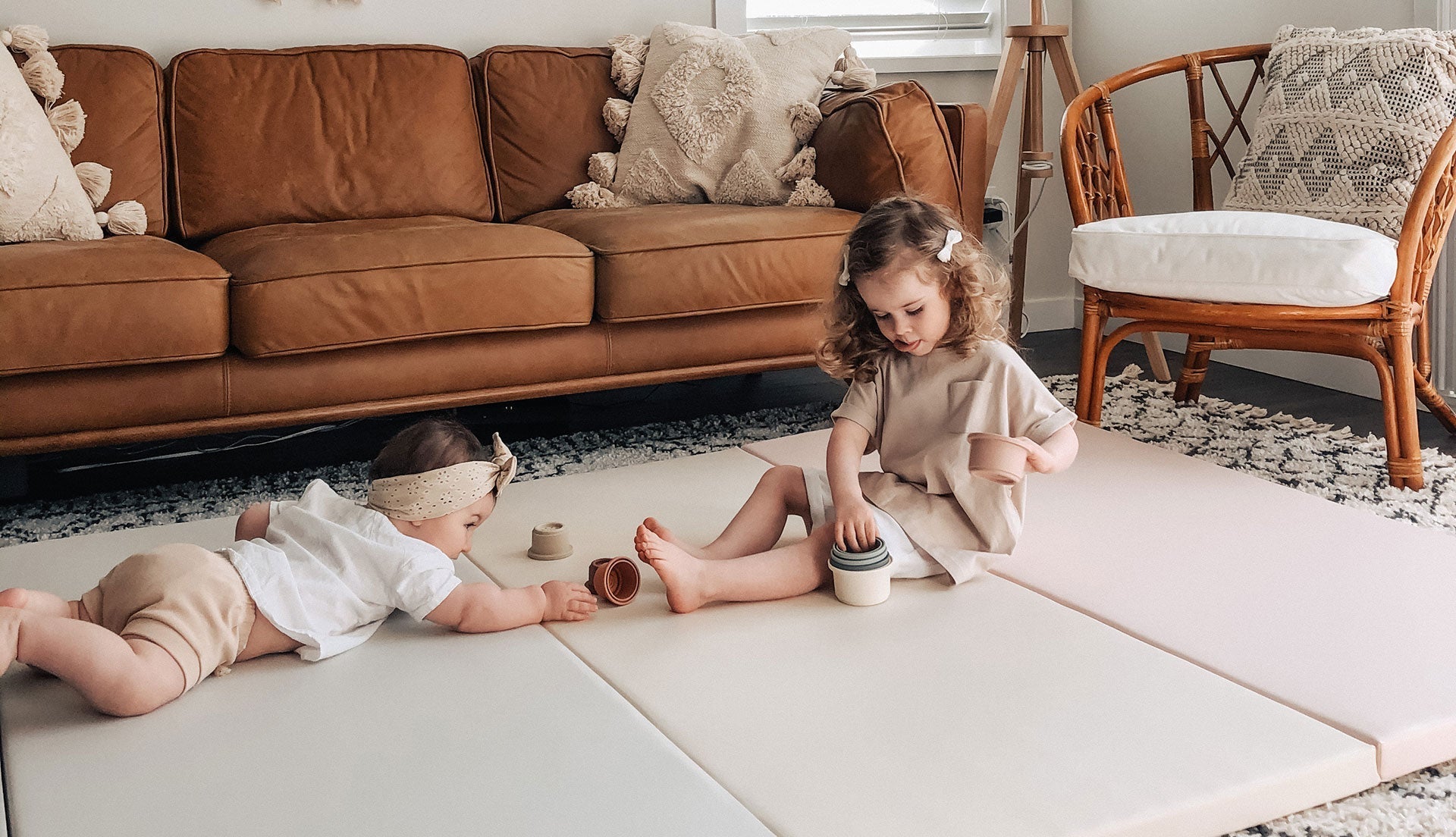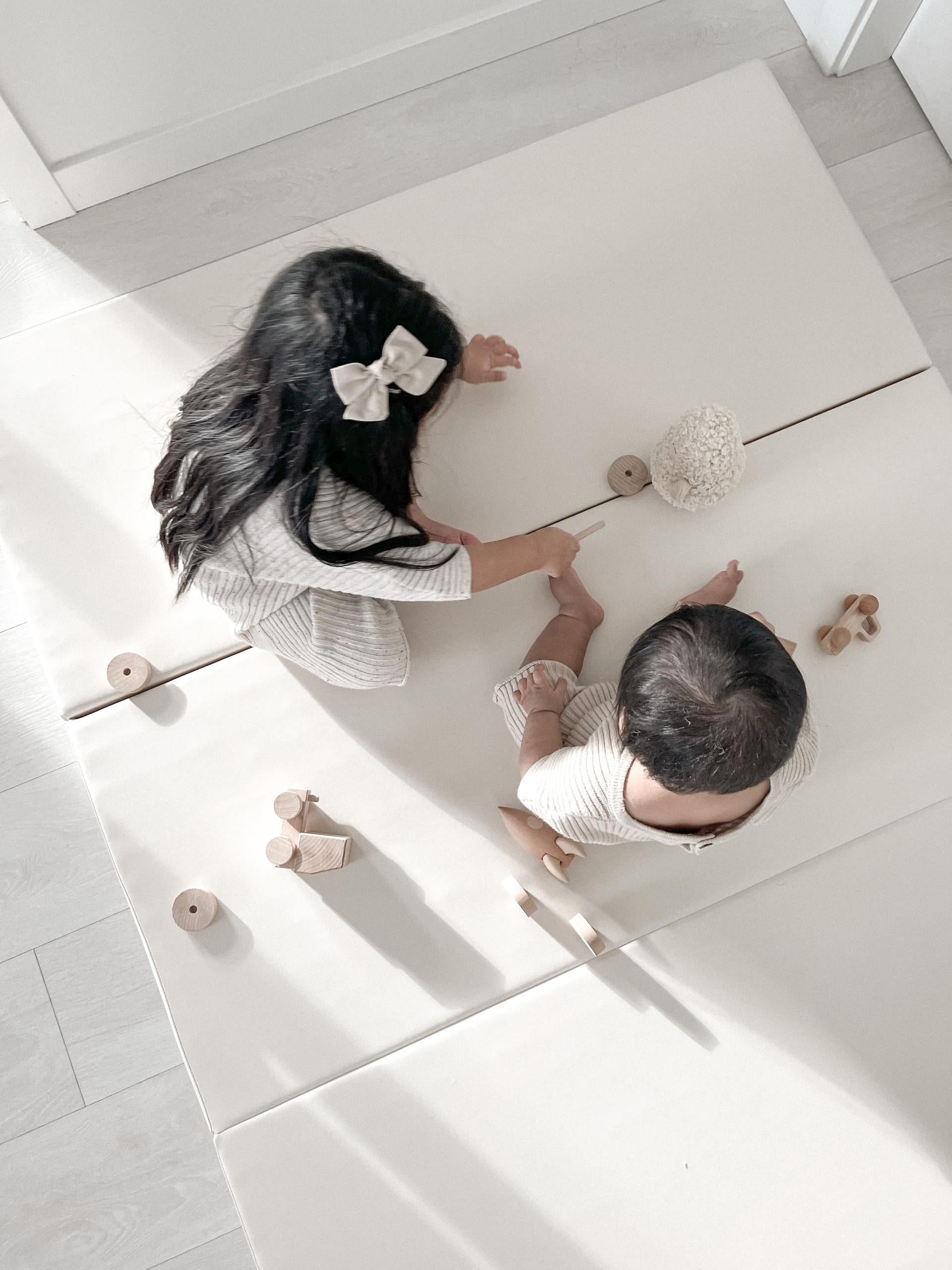
Baby Led Weaning 101: The Whats, Whens and Hows
The first year of your baby’s life is full of important milestones, from their first laugh to the moment they learn to roll over on their Wunderkids foldable baby play mat. During these early stages of development, parents and caregivers get to witness their little ones learn and grow before their eyes.
In between crawling and babies teething, they’re also learning how to feed themselves. This important stage will continue to evolve as they grow up — because not only does how they eat change, but what they eat changes alongside it.
There’s a familiar scene when it comes to the stages of infant feeding, which typically involve little ones being fed mashed or pureed food by their caregiver. But what does it mean to skip that process altogether?
The idea of baby-led weaning is one that is quite common in many households in North America. Introducing baby-led weaning and first foods to your little one offers a new perspective and way of approaching mealtime.
This article explores what it means to introduce baby-led weaning and starter foods into your little one’s routine. We’ll dive into the whats, whens, and hows so parents and caregivers can decide if this approach is right for their family.
What is Baby-Led Weaning?
Baby-led weaning offers a different approach to an infant’s mealtime schedule. In many households, the typical stage that follows breast milk or formula includes pureed or mashed fruits and vegetables — but baby-led weaning introduces first foods in a way that puts the child in charge of their meal.
This unique method introduces little ones to solid finger foods and skips the puree process altogether. It allows caregivers to monitor their baby’s development and, when they feel they’re ready, to allow them to self-feed.

Baby-Led Weaning Vs. Purees
The main idea of baby-led weaning is to allow little ones to control their mealtime and guide solid food into their mouths independently. In many households, there is a step included before baby-led weaning, which involves caregivers spoon-feeding purees or mashed foods into their mouths.
Forgoing the puree stage and transitioning to baby-led weaning can offer several benefits for infants, including strengthening fine motor skills, feelings of control and independence, and setting the pace for their meals. The BLW process allows your little one to choose what foods they want to eat and respond to their hunger cues on their own.
When to Start Baby-Led Weaning
Knowing when to start baby-led weaning and introducing starter foods can help you keep a careful eye on their development progress and determine when to start this new process.
For most infants, baby-led weaning can typically start at the six-month mark. Six months is the ideal timeframe to introduce solid foods because it’s around the time when your child is able to sit up on their own in their playpen for babies, has the motor skills to grab food and place it in their mouth, and has lost their tongue thrust reflex. This reflex protects them from choking during the breast or bottle-feeding stage.

How to Start Baby-Led Weaning
Starting the baby-led weaning process and introducing first foods are major milestones in your little one’s life, and it’s important to know what’s safe for them to ingest during this stage. Just as you would when researching chemicals in baby products, understanding the types of finger foods that are safe and appropriate for this stage in their development is essential.
Some suggested foods to incorporate into baby-led weaning are:
- Steamed Carrots
- Roasted and Peeled Sweet Potatoes
- Chicken (Cooked Until Soft)
- Cooked or Stewed Beef
- Steamed Broccoli
- Boiled Spiral Pasta or Lasagna Strips
- Bananas
The key is to look for foods that are easy for your little one to hold, in both shape and size. It’s recommended that these foods be cut into strips or sticks approximately the length of your pinky finger. Not sure how to judge the size you’ve cut? If a small amount is poking out from your baby’s fist when they’re holding it, you’ve cut the perfect size.
What to Avoid
Knowing what not to give your baby during this phase is just as important as knowing what they can eat. Avoid small, coin-shaped foods that are hard in texture. Avoid anything crunchy, slippery, sticky, or foods that will be difficult for your baby to chew.
The Benefits of Baby-Led Weaning
Many parents and caregivers are looking to baby-led weaning as a way to encourage their child’s independence. This feeding method offers significant benefits to little ones during these crucial moments in their development, including:
Saving Time and Money: Instead of preparing a separate meal for your little one, they can be a part of mealtime and enjoy a modified version of what you’re eating.
Introduces More Verbal Interactions: The more your family can eat together, the better. Baby-led weaning can help your little one interact in the family setting and look to you as a role model for how to chew and swallow.
Exposed to Diverse Food Groups: Baby-led weaning introduces first foods in a new way by incorporating various textures and a broader selection of tastes for their taste buds to get used to.

Wunderkids: Your Guide to Baby-Led Weaning
Parenting is a one-of-a-kind experience that changes your everyday experiences. Watching your little one engage and grow in the newborn and infant stages, explore shapes and colours, and reach that rolling milestone are experiences unlike any other.
The same feelings can apply when your child starts to show signs of independence — especially the way they eat. At Wunderkids, we understand what it means to help foster that independence. Our selection of playmats, babyrooms, and nursery must haves are designed to help parents and caregivers create safe and welcoming environments for their little ones to learn and grow.
Whether you’re looking for an addition to your child’s nursery or need some guidance on how to close a playpen safely, we’re here to help. With a wide range of products and helpful tips along the way, we’re proud to be a small part of your family’s journey.



